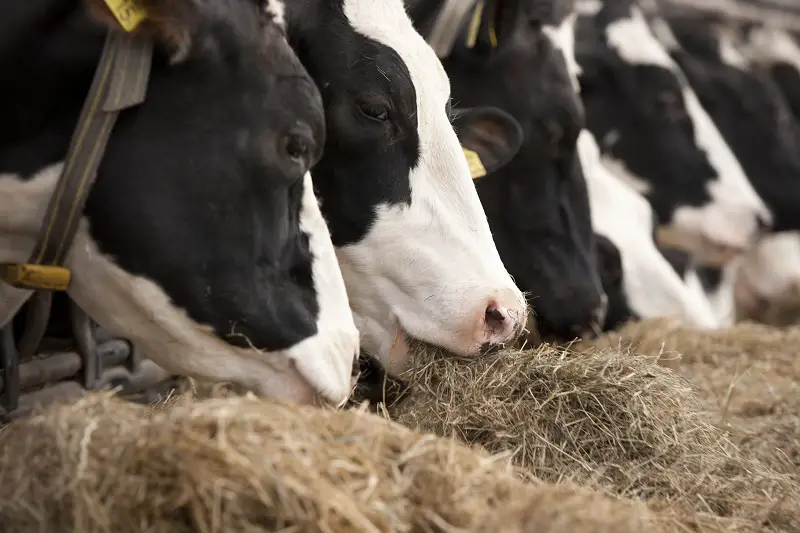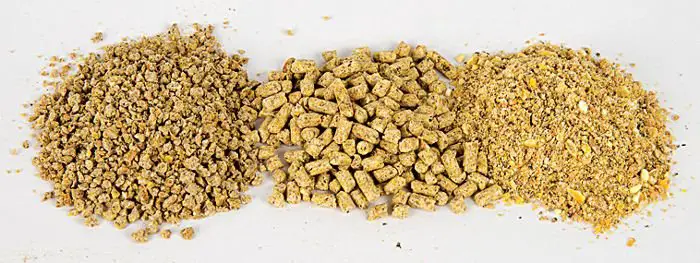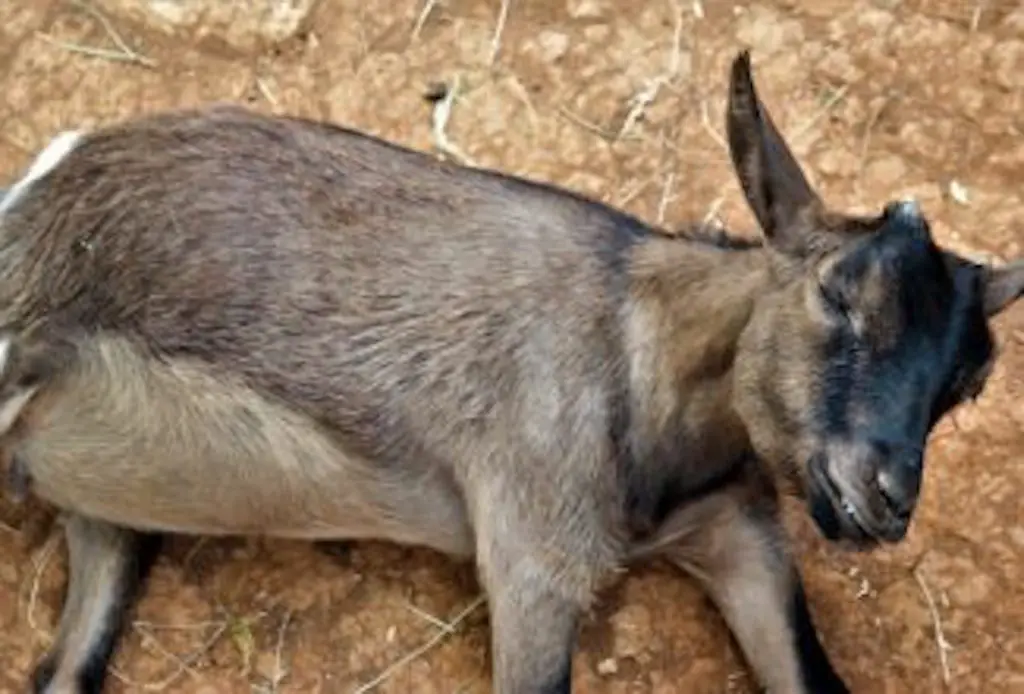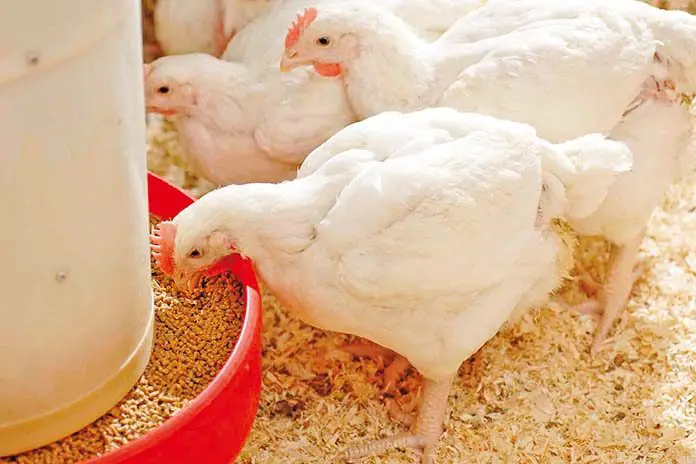Winter can be a particularly challenging period when it comes to cattle feed availability, in some cases, the veld completely dies off proving little or no grazing. So framers should look at supplementing their cattle herds during this period, different types of winter supplements are available. The type and level of supplementation will depend on the targets for the herd, that is whether the farmer is targeting maintenance and/or growth and winter supplement and farm labor cost. So the key questions a farmer has to ask before embarking on a winter supplementary feeding program are where to feed, how to feed, what to feed, which class of animal to feed and how much to feed?
Contents
Supplements For Feeding Cattle In Winter
Fiber or Forage
Cattle are herbivores and in theory, they can sustain themselves on dry roughage only, provided the rumen microbes are active. It is critical that in winter they get the fiber they need for normal gut function; without it, their digestive system might stop functioning even if all other nutrients are available. Forage in the form of good quality hay or silage should be fed to cattle in the winter months.
Protein
Protein is essential in cattle winter feeding to maintain growth, fertility, and milk production in the herd. The best sources of protein for winter feeding are nonprotein nitrogen sources like urea which are cheaper and coupled with the hay giving the rumen microbes nitrogen to thrive. This helps reduce the cost of winter feeding as urea is cheap, however, care must be taken when feeding urea as excess will kill the cow.
Energy
Cold stress in cattle leads to an increase in the energy requirement of cattle in winter, the nutrient requirements increase with rain and windy conditions. In order to reduce this impact portable windbreaks and sheds can be used on cattle grazing in pastures or veld. In regions where cattle have to go through hard winters energy supplementation is also recommended to reduce cow weight loss. In more temperate climates protein becomes the key supplement.
Vitamins and Minerals
Cattle have the ability to synthesize many of their vitamin requirements and store some eg Vitamin A in the liver during summer months. However, during winter cattle do not have enough exposure to the sun limiting their ability to synthesize vitamin D, but can get sufficient amounts if fed sun-cured hay.
Salt forms a key part of almost all cattle winter feed supplements as it acts as an appetizer for the otherwise non-palatable supplements that might be fed to reduce costs
Winter Supplement Programs
Winter Feeding Calves
Calves have the highest nutrient requirements of all the animals in the herd hence need to be fed the best quality forage available. Protein supplements are also crucial as calves are still growing and need a lot of protein. A combination of hay, grains or, grain by-products and a protein supplement would be the best for calf feeding. The estimated consumption of these supplements should be about 250-500 grams per animal. Calves properly supplemented in winter will show better weight gains with summer grazing than those on minimal or no supplementation.
Winter Feeding the Commercial or Breeder Herd
Cows with good body condition scores can be fed lower-quality hay or straw for maintenance, this reduces the cost of winter feeding. However, since hay has very little energy the farmer has to check temperatures, and if they drop too much consider supplementing some energy. A rule of thumb would be 500g of grain for every 10 degrees drop in temperature below normal.
Water
Water is a very essential nutrient for the survival and well-being of cattle not only in wither but all year round. Clean water should always be available, to the cattle, especially due to the fact that they would be consuming hay or dry grazing in most cases in confinement. Cattle can get some water from the snow but some animals will not consume snow readily hence affecting their well-being.
Presentation
By far the most common winter feed of cattle is hay and/or straw which can be fed ad libitum with no restrictions however with protein or energy supplements because of cost and poisoning risk they have to be restricted or rationed. These feed formulations try and meet all the requirements of the animal and are available in three forms meals, licks, cubes, and blocks.
Meals and Licks
Meals and licks can be a cost-effective way to feed cattle in winter if feed troughs are made available otherwise losses will be high. To avoid bullying each animal should be afforded at least a meter of feeding space at the trough. Cheap mixtures of natural protein like cottonseed or sunflower can be fed alone or mixed with crushed maize or any other cheap grain available.
Cubes
To get around the issue of feed wastage farmers can buy commercially produced cubes that can be fed directly on the ground without the use of troughs. Cattle are able to pick up the feed from the ground avoiding wastage.
Blocks
Cattle blocks are by far the most convenient way to feed cattle in winter:
- There is no waste
- Blocks are only replenished at most twice a week
- Most are made from cheap ingredients
Blocks are made from a mixture of supplements mostly in their pure form then bound together by pressing into a hard block, consumption is also restricted by the addition of a lot of salt. Animals will basically slowly lick the block slowly getting the supplement from the block be it protein or minerals. Farmers can make and cure their blocks ahead of the winter season but care should be taken to make sure the blocks are hard enough to avoid cattle consuming large chucks which can lead to urea poisoning.
Table 1: Example of Homemade Urea Block
| Ingredient | Percentage |
| Urea (Free following) | 30 |
| Salt | 45 |
| Mono Calcium Phosphate | 5 |
| Molasses | 10 |
| Trace Minerals | 5 |
| Water | 5 |
In summary, the farmer should aim at at least maintaining the herds’ summer weights or better, get some weight gain ahead of the summer flush. This will give better cow herd fertility and weight gains in summer when feed is now cheaper improving the overall profitability of the cattle operation.




